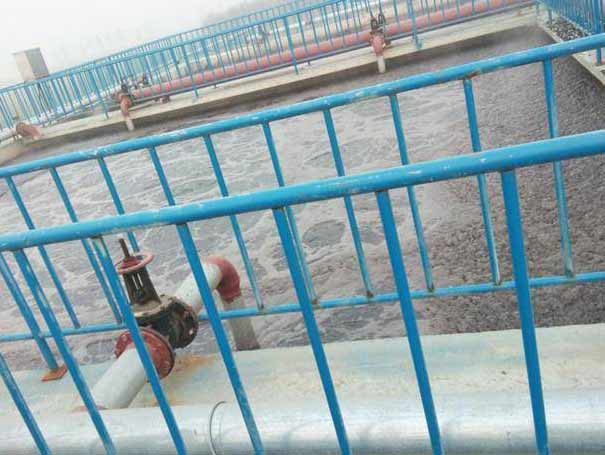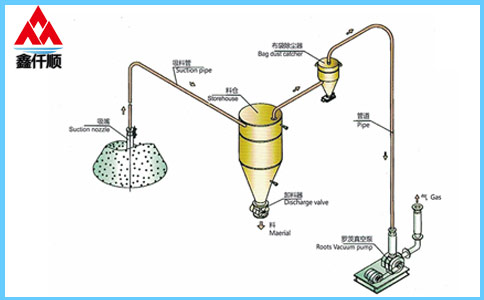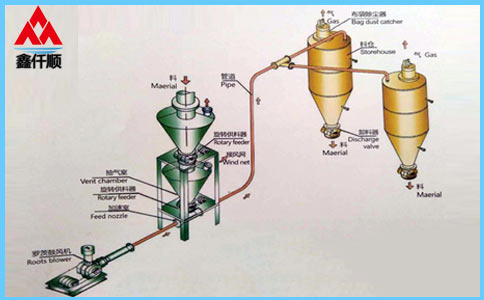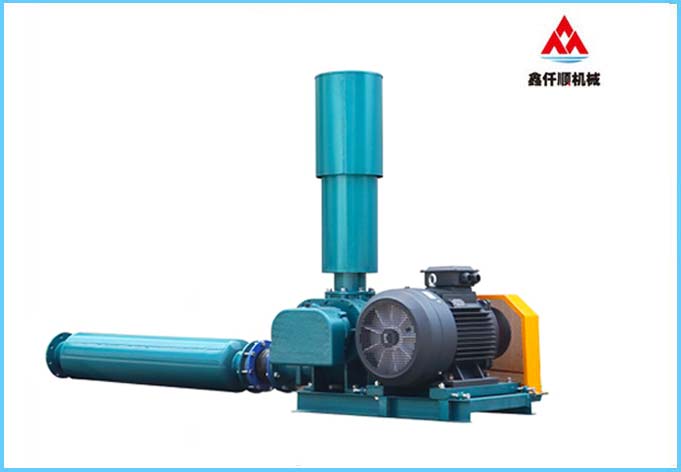Case II of Roots blower sewage treatment In May 2017, with the increasing efforts in poverty alleviation and rural revitalization, the Zhanjiang Sewage Treatment Project in Guangdong Province was launched. Manager Wu was responsible for the procurement of this project. He learned about us through various channels, and finally determined the procurement of our factory after field investigation.
The customer didn't know whether to choose the intensive roots blower or the ordinary roots blower. We made a simple analysis. The basic principles and parameters of roots blower and three leaf roots blower are the same, but the intensive roots blower is a customized fan, which is relatively space saving and different in structure, The sewage aeration effect is the same.
The sewage treatment industry is an important part of environmental protection and municipal public infrastructure construction. In developed countries, the sewage treatment industry has become mature, and the relevant equipment is only for renewal. In China, despite the sustained and rapid economic growth, due to insufficient investment in the environmental protection industry in history, and despite the increasingly rigid requirements for the development of the industry, the compound annual growth rate of wastewater treatment facilities in China is only 3.86%. According to the country“
According to the 11th Five Year Plan, accelerating the construction of projects such as urban sewage treatment and water pollution prevention and control in key river basins has been listed as one of the ten key measures to expand domestic demand. The central government has determined to allocate 90 billion yuan for water pollution control.
Case process statement of Roots blower:
Roots blower is the core equipment in the sewage treatment process, which affects the aeration effect and power consumption. We generally use aeration tank to increase oxygen, promote the growth of aerobic microorganisms, and decompose suspended solids, dissolved organic matter, nitrogen and phosphorus in sewage
It is the core equipment of the sewage treatment plant to achieve the purpose of sewage treatment.
The medium conveyed by Roots blower is free of oil. Simple structure, convenient maintenance, long service life and low vibration of the whole machine. Roots blower transports clean air, clean kerosene, sulfur dioxide and other inert gases. In view of the above characteristics, it can be widely used in the process of aeration and sand settling in various urban sewage treatment plants and in the process of biochemical reaction in small urban sewage treatment plants.
Roots blower is simple in principle and structure, stable in performance, and easy to manage and maintain. However, the safe operation and service life of the blower ultimately depend on the normal use and standardized maintenance of the equipment. It is necessary to strengthen the three-level patrol inspection system of the equipment, and deal with abnormalities or hidden troubles in a timely manner to ensure the safe, reliable and stable operation of the blower.
Our case
We know that in biological contact oxidation treatment, dissolved oxygen is consumed by aerobic microorganisms when they oxidize and decompose organics, so it is necessary to supplement dissolved oxygen to sewage in time. The microporous aerator is adopted, and the oxygen transfer rate is 25% - 32%. Roots blower is a positive displacement blower, which is the basic equipment for air blowing and oxygen transfer aeration in the biochemical reaction process of the sewage treatment plant. Its biggest feature is that when the pressure is adjusted within the allowable range, the flow changes little, the pressure selection range is wide, and it has the characteristics of forced gas transmission.
The medium is free of oil when transported by Roots blower. Simple structure, convenient maintenance, long service life and low vibration of the whole machine. Roots blower transports clean air, clean kerosene, sulfur dioxide and other inert gases. In view of the above characteristics, it can be widely used in the process of aeration and sand settling in various urban sewage treatment plants and in the process of biochemical reaction in small urban sewage treatment plants. Although the three blade roots blower is simple in principle and structure, it has stable performance and is easy to manage and maintain. However, the safe operation and service life of the blower ultimately depend on the normal use and standardized maintenance of the equipment. It is necessary to strengthen the three-level patrol inspection system of the equipment, and deal with abnormalities or hidden troubles in a timely manner to ensure the safe, reliable and stable operation of the blower.
First of all, roots blower must be started under no-load condition. Before starting, open all the air inlet and exhaust valves of the fan. After starting normally, gradually adjust the valves to make the air volume reach the required value. It is not allowed to adjust the air volume to the rated air volume at one time. Roots blower shall not be stopped suddenly under full load operation. It must be stopped after gradually reducing the air volume to avoid damaging the fan.
During normal operation, each shift of the post personnel shall conduct regular patrol inspection, focusing on whether the bolts at each part are loose, whether the lubrication parts have oil leakage, whether the temperature of bearings at both ends and the temperature of fan housing are normal, etc., and make various patrol inspection records. Regularly check the lubrication and cooling system of Roots blower, pay attention to the quality of lubricating oil, carefully listen to the blower operation for noise, so as to judge the operation of rotor shaft and impeller.
Secondly, the overload or abnormal operation of Roots blower is gradually reflected, and there is a quantitative process. Pay attention to the inlet and exhaust pressure of the fan, the temperature rise of the bearing and the operating load current of the fan motor at any time. If the above parameters fluctuate, it is necessary to carry out a comprehensive diagnostic check on the fan and handle it in time to avoid further expansion of the fault.
The blower shall be overhauled regularly every year, and the clearance between the impeller and the impeller, between the impeller and the housing, between the impeller and the wallboard shall be checked and adjusted in time. If the clearance exceeds the allowable range, experienced maintenance personnel shall adjust it. Random adjustment is prohibited to ensure the rated air supply of the fan, ensure the safe operation of the fan, and maximize the service life of the fan.
There are many impurities in the sewage. When roots blower is used to treat the sewage, the problem of blockage is easy to occur. Therefore, microporous aeration plates need to be used frequently, which can effectively improve the problems that occur in the operation of the equipment, ensure the normal operation of the equipment, and reduce the frequency of blockage. When using roots blower to treat wastewater, it is necessary to check whether the equipment is in good condition first, and then use the equipment to treat wastewater after confirming that the equipment is correct, which can improve the working efficiency of the equipment. Nowadays, Roots blower has been widely used in various factories for wastewater treatment.
Through the above cases, you must have some understanding of Roots blowers. In the sewage industry, Roots blowers are divided into middle and low pressure blowers, and different models have different performances. The selection of sewage Roots blowers is to calculate the air volume and air pressure according to the sewage pool of the project, and finally determine the caliber and model.
When you need to purchase a blower, please tell us the following items in detail:
1. Use of Roots blower: sewage treatment, aquaculture, pneumatic conveying, etc
2. Specifications of Roots blower: caliber, required air volume, pressure rise, etc
3. Transmission medium: air, gas, biogas and other corrosive gases
4. Equipment requirements: form, cycle number, voltage, single-phase or three-phase
5. Equipment service conditions: indoor or outdoor, ambient temperature
6. Fan accessories
7. Fan color (with or without specified color
8. Note: the allowable range of specified flow and pressure rise (vacuum degree) is ± 5%
Welcome to purchase our company's fans and put forward valuable suggestions










